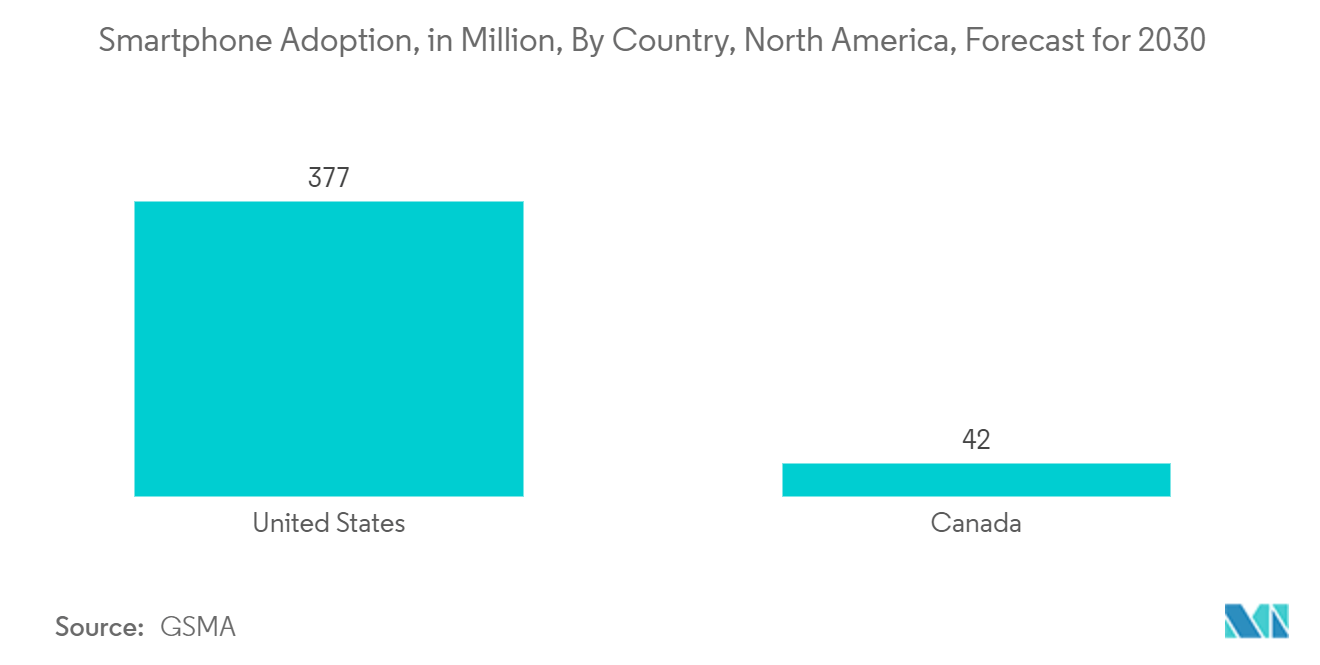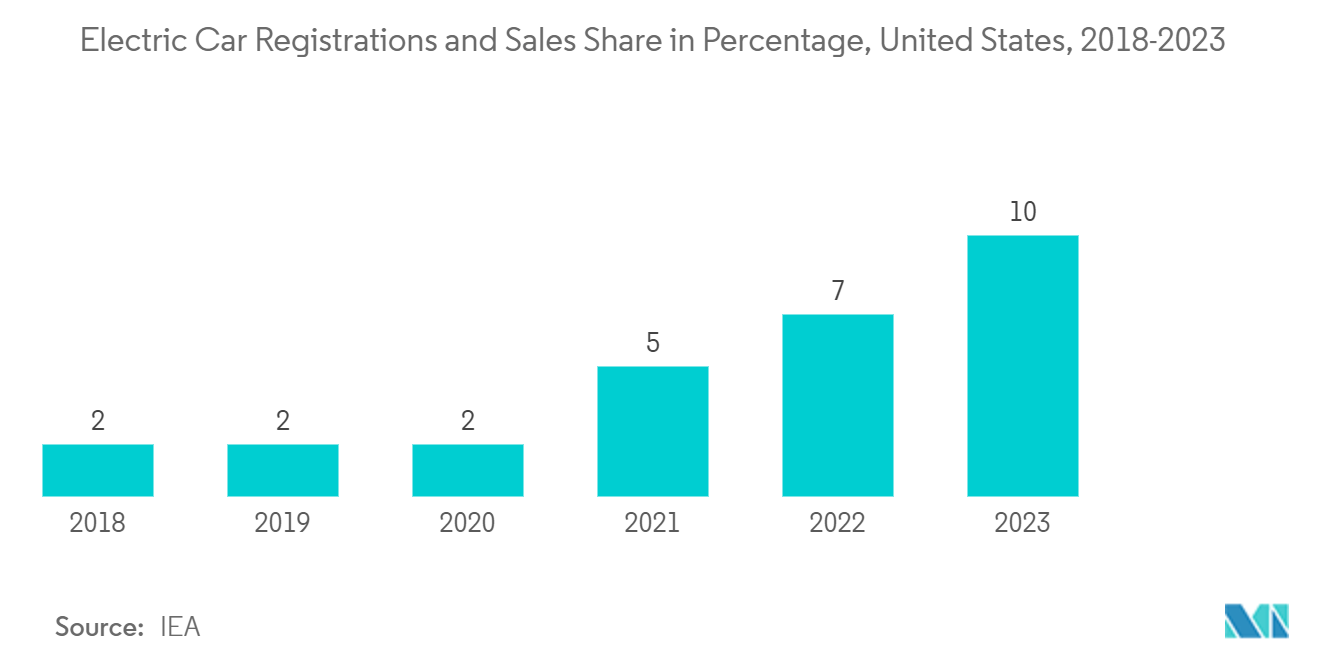Market Trends of United States Frequency Control And Timing Devices Industry
MEMS Oscillator to Witness Significant Growth
- Microelectromechanical system (MEMS) oscillators serve as precise timing devices, producing stable reference frequencies crucial for various applications. These frequencies are pivotal in electronic system sequencing, data transfer management, defining radio frequencies, and time measurement. MEMS oscillators offer a compact design, delivering precise timekeeping that's resilient against shocks and vibrations. Their durability makes them well-suited for a wide range of applications spanning industrial, commercial, and consumer sectors.
- The recent surge in portable and wearable electronics underscores the push to minimize energy usage and size across electronic components, notably oscillators. Clock circuits are increasingly favoring MEMS-based oscillators for their dual benefits: precise frequency generation and energy efficiency.
- The rising adoption of smartphones and mobile devices across the United States is poised to fuel substantial growth in the MEMS oscillator market in the coming years. MEMS oscillators, known for their reliability, low power consumption, and high performance, find a natural fit in smartphones. Their compatibility with standard semiconductor techniques further streamlines their manufacturing and integration processes. Consequently, as smartphone usage continues to surge, the demand for MEMS oscillators is set to escalate.
- The surge in IoT adoption is driving the demand for MEMS oscillators in the United States. Known for their compact design, energy efficiency, and precision, MEMS oscillators are ideal for IoT applications. They ensure accurate timing and synchronization, enhancing data accuracy and fitting IoT devices' size and power constraints. This makes them the preferred choice for manufacturers and developers. MEMS oscillators boost the reliability and performance of IoT devices, enabling seamless operations in smart homes, industrial automation, and healthcare. Their ability to meet stringent timing requirements is fueling the demand for MEMS oscillators, reflecting the expanding IoT landscape in the United States.

Automotive Industry to be the Fastest Growing End User
- Oscillators have ascended to a pivotal role in modern vehicles. Today's cars are essentially high-speed networks on wheels; without timing chips, they'd grind to a halt. Even the internet itself hinges on these crucial components. The future trajectory of semiconductors in the automotive sector is being shaped by two dominant forces: electrification and autonomous driving.
- Electrification, primarily driven by the rising adoption of hybrid and electric vehicles (EVs), is poised for a significant surge in the coming decade. According to the IEA, new electric car registrations in the United States hit 1.4 million in 2023, marking a robust 40% increase from 2022. While the growth rate in 2023 was slightly slower than the previous years, the overall demand for electric vehicles remained resilient.
- This momentum is fueled by the industry's focus on slashing battery costs, enhancing charging infrastructure, and extending the driving range of EVs. Concurrently, vehicles are getting 'smarter,' brimming with sensors and intelligent systems. This sets the stage for the second major trend: autonomous driving. These once ' luxury ' features are commonplace, from collision-avoidance systems to automatic parking and lane-change sensors, laying the groundwork for advanced driver-assistance systems (ADAS), autonomous driving, and sophisticated telematics.
- Media reports reveal that the National Highway Traffic Safety Administration (NHTSA) mandated Automatic Emergency Braking (AEB) on all new vehicles, effective 2029. Under this new regulation, all new passenger vehicles sold in the USA weighing under 10,000 lbs(4,500 kg) must be equipped with this safety technology. The US government estimates that this move could potentially save up to 400 lives annually and prevent thousands of injuries. Automakers are required to comply by September 1, 2029, with a grace period extending to low-volume manufacturers. These regulations are notably bolstering the frequency control and timing device market.


